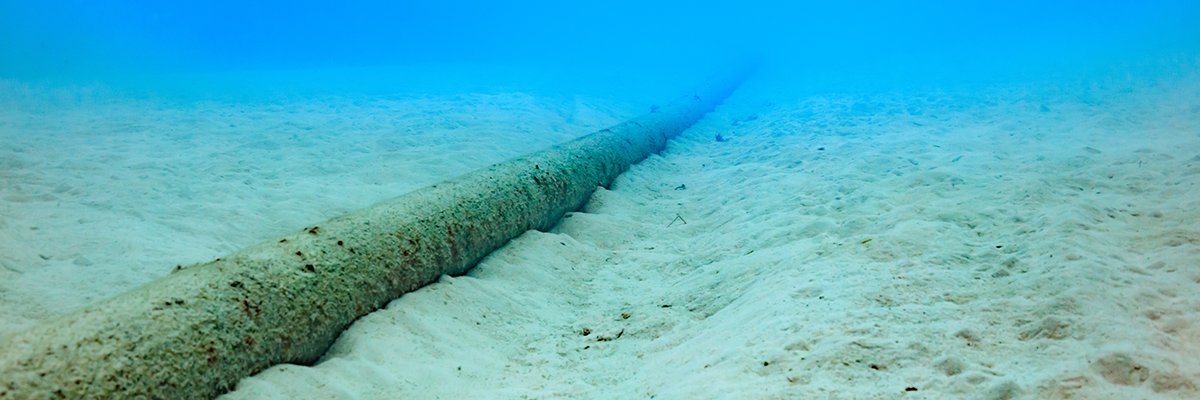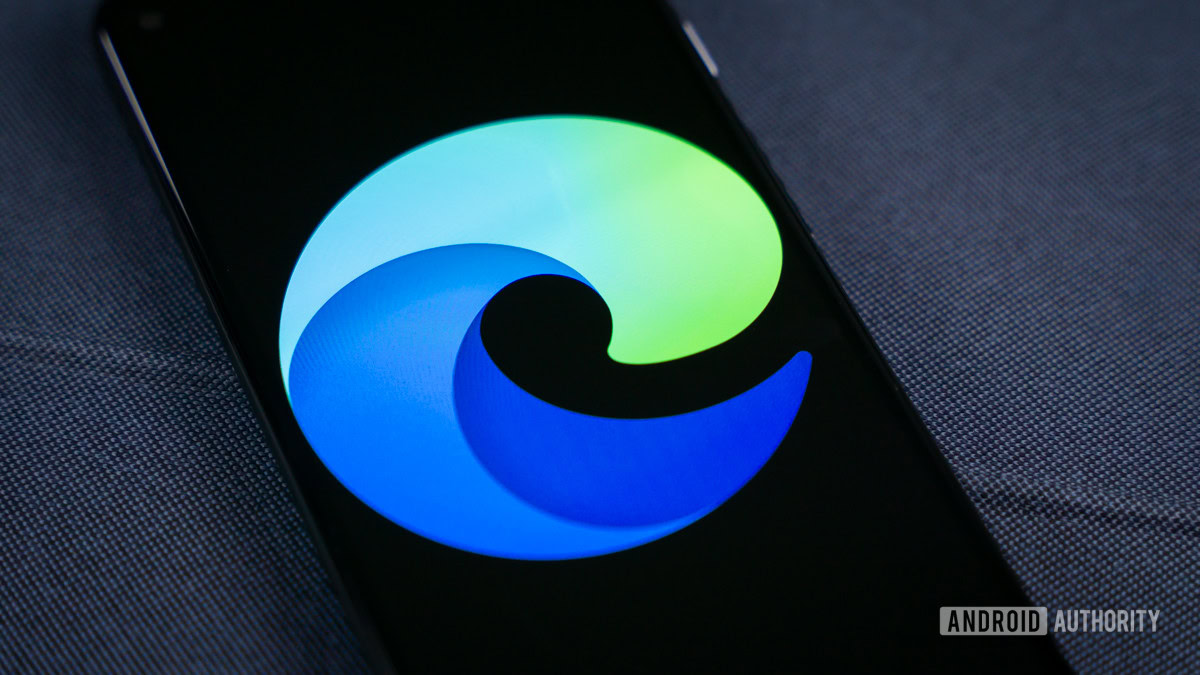Indonesian digital infrastructure provider PT Solusi Sinergi Digital Tbk (Surge) has deployed subsea optical technology to connect Jakarta and Singapore, as part of its plans to bolster regional datacentre interconnectivity and support its stated mission to expand affordable broadband access to underserved communities across the country.
Surge believes it’s strategically positioned as a “pioneer in digital transformation” and infrastructure development across Indonesia. It operates across multiple verticals to create a robust ecosystem that serves the country’s growing demand for advanced connectivity and digital services.
Its infrastructure portfolio includes a fibre optic backbone operating over 6,900km of fibre optic infrastructure along railway corridors, boasting 144-core capacity and up to 64 Tbps bandwidth capacity.
Its infrastructure includes 58 strategically located Edge Cloud points (local datacentres) directly connected through the company’s own fibre network. This is supported by long-term collaboration with PT Kereta Api Indonesia (Persero) and partnerships with global players such as NTT East, Nokia, Huawei and Qualcomm.
It also offers a fibre-to-the-home access network covering over 300,000 fixed broadband home connects with a 90%+ take-up rate, and what are said to be unique offerings encompassing 200Mbps and 500Mbps download speeds.
With network capacity reaching up to 144 cores and maximum bandwidth of 64 Tbps, Surge says it is positioning itself as a key player in delivering reliable, nationwide digital connectivity infrastructure – serving a wide range of segments from the general public to industrial players and tech enterprises.
The high-capacity subsea connection, powered by Nokia 1830 Photonic Service Switch technology, is part of Surge’s broader infrastructure expansion to extend fibre-based broadband to 40 million households. It is designed to enable its internet initiatives, bringing what it says is affordable and reliable connectivity to the communities that need it most.
The network is designed to deliver an initial capacity of 20.8 terabits, allowing Surge to offer ultra-high-speed services of up to 800GE for Tier-1 and Tier-2 enterprise customers. Nokia also says its subsea service can enable Surge to deliver scalable, space and power efficient transmission, supporting growth plans while maintaining operational efficiency.
“This strategic deployment underscores our commitment to digital equity and building a more connected, inclusive future,” said Shannedy Ong, director at PT Solusi Sinergi Digital Tbk. “With Nokia’s advanced optical transmission technology, we can efficiently scale our network to deliver reliable, high-speed and affordable broadband to unserved and underserved communities across Indonesia.”
James Watt, senior vice-president and general manager at optical networks for Nokia, said: “Connecting up to 40 million people with affordable broadband access is a huge honour and responsibility. With Surge, we are building a high-performance network and providing solutions that will unlock new opportunities for growth across Indonesia.”
The contract with Surge comes days after Nokia revealed the Medusa submarine cable system – connecting the Atlantic coast, the Mediterranean Sea and the Red Sea – has deployed its coherent optics technology to deliver performance and capacity across two continents.
Owned by African infrastructure and telecoms operator AFR-IX Telecom, the Medusa Submarine Cable System is 8,760km long, and will be the first and longest subsea cable to connect the main Mediterranean countries, providing access to telecommunications infrastructure and 16 landing points around the Mediterranean Sea.
Boasting an architecture that is said to offer a unique design, the cable has segments with up to 24 fibre pairs, with a capacity of 20Tbs per fibre pair. Medusa uses a Nokia 1830 GX Series platform and ICE7 coherent optics capable of transmitting tens of terabits per second per fibre pair.








